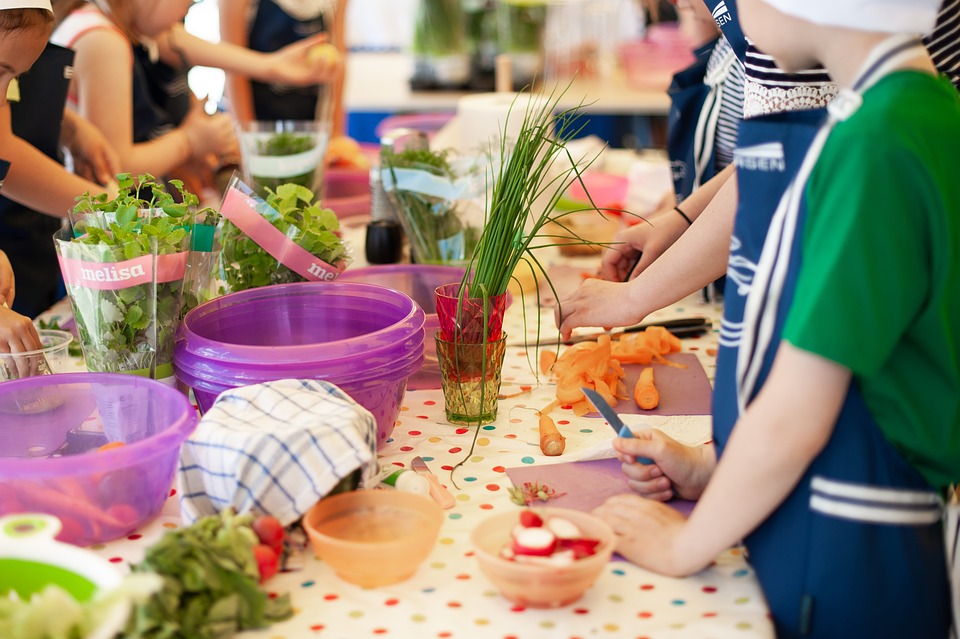Food and wine pairing can seem like a daunting task for beginners. With so many different flavors, textures, and aromas to consider, it can be hard to know where to start. However, with a little knowledge and the right approach, anyone can learn to pair food and wine like a pro. In this guide, we will unlock the secrets of food and wine pairing and provide valuable tips for beginners to get started. Whether you are a foodie looking to enhance your dining experience or a wine enthusiast looking to expand your knowledge, this guide is for you.
The Basics of Food and Wine Pairing
Before we dive into the specifics of food and wine pairing, it is important to understand the basic principles. The goal of food and wine pairing is to create a harmonious balance between the flavors of the food and the wine. The right pairing can enhance the dining experience by bringing out the best in both the food and the wine. Here are some key factors to consider when pairing food and wine:
- Flavor intensity: Matching the intensity of the food with the intensity of the wine is important. Lighter foods pair well with lighter wines, while heavier foods pair well with more robust wines.
- Acidity: The acidity of the food and the wine should complement each other. Foods with higher acidity pair well with wines that also have a higher acidity.
- Texture: Consider the texture of the food when choosing a wine. Creamy dishes pair well with a smooth, rich wine, while crispy or crunchy foods pair best with a high-acid wine.
- Flavor profiles: Look for complementary or contrasting flavors between the food and the wine. For example, a spicy dish may pair well with a slightly sweet wine to balance the heat.
Tips for Pairing Food and Wine
Now that you understand the basics, here are some practical tips for pairing food and wine:
- Consider the dominant flavor: When pairing food and wine, consider the dominant flavor of the dish. If the food is spicy, sweet, or savory, look for a wine that complements or contrasts with those flavors.
- Balance the sweetness: When pairing wine with dessert, the wine should be sweeter than the dessert. This helps to balance the sweetness of the dish and the wine.
- Think about the sauce: The sauce can often be the most flavorful component of a dish. Consider the flavors of the sauce when choosing a wine to pair with the meal.
- Experiment with different pairings: Try different combinations of food and wine to find what works best for your palate. Don’t be afraid to step outside of traditional pairings to discover new favorites.
Conclusion
Food and wine pairing doesn’t have to be intimidating. With a little knowledge and experimentation, anyone can learn to pair food and wine like a pro. By considering the flavor intensity, acidity, texture, and flavor profiles of both the food and the wine, you can create harmonious pairings that enhance the dining experience. Whether you are enjoying a simple weeknight meal or hosting a special dinner party, the right food and wine pairing can elevate the entire experience.
FAQs
Q: Why is food and wine pairing important?
A: Food and wine pairing is important because it enhances the dining experience by bringing out the best flavors in both the food and the wine. A well-matched pairing can create a harmonious balance and elevate the entire meal.
Q: How do I know which wine to pair with a specific dish?
A: When pairing wine with a specific dish, consider the dominant flavors, acidity, and texture of the food. Experiment with different combinations to find the perfect pairing for your palate.


